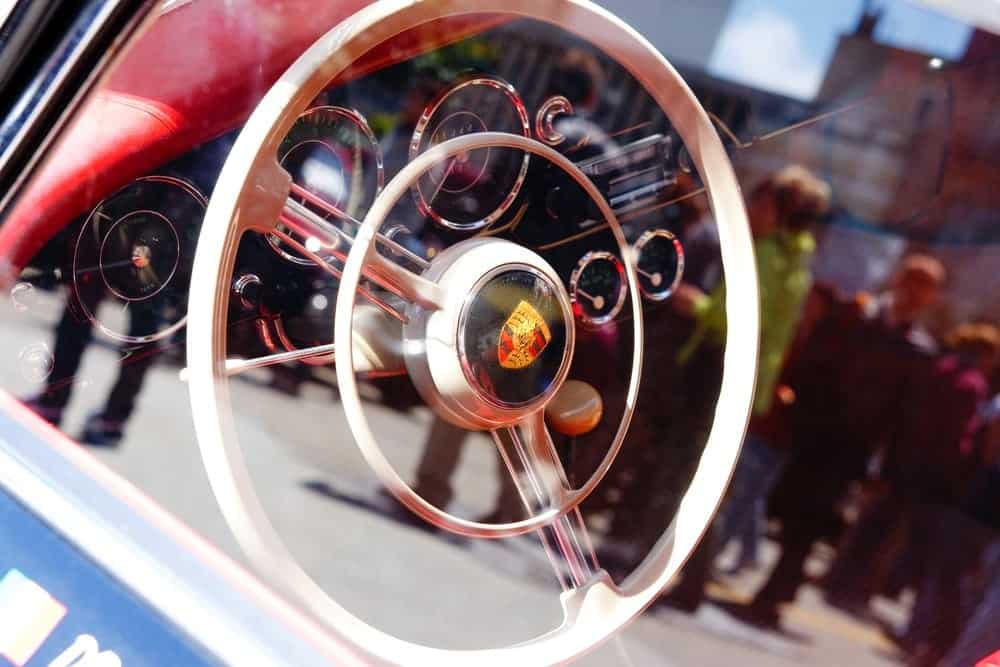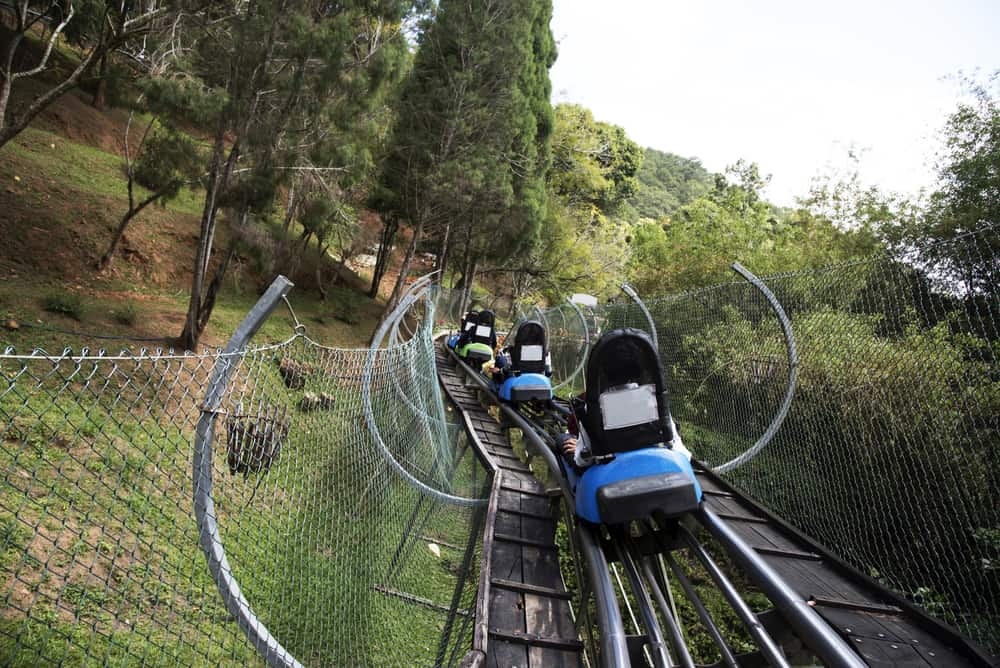Have you ever wondered why the building is upside down? How you’re expected to walk through a building where the floor is the ceiling? How the building harnesses high-voltage electricity and can simulate its own earthquakes? Read on to discover the secrets that Professor Wonder never intended to share.
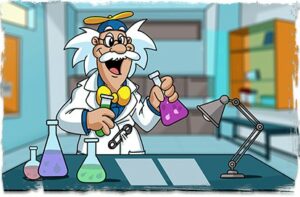 Firstly, agent, just so you know what you’re getting yourself into, let’s begin with who Professor Wonder is. Years and years ago, on a small, remote island in the Bermuda Triangle, a man was hard at work in his top-secret laboratory, operating on a trial-and-error system to harness the power of a tornado when something went awry. Very, very awry.
Firstly, agent, just so you know what you’re getting yourself into, let’s begin with who Professor Wonder is. Years and years ago, on a small, remote island in the Bermuda Triangle, a man was hard at work in his top-secret laboratory, operating on a trial-and-error system to harness the power of a tornado when something went awry. Very, very awry.
The experiment suddenly became a major error by generating winds much stronger than the Professor was intending. The swirling vortex became too strong to harness, and the winds lifted the building from its foundation and carried it miles across sea, land, and traffic until plopping it (upside down!) in Pigeon Forge, Tennessee.
Citizens of the city were so mesmerized by the way that the building landed that they refused to help turn it right-side-up when Professor Wonder asked, but everyone agrees it was the right decision.
Now, with the Professor’s blessing, the building has been turned into an indoor, science-focused amusement park with over 100 hands-on exhibits (possibly so that no one makes the same mistake as Professor Wonder in the future. One upside-down building is neat, but two is a crowd).
To learn more about how to walk in a building turned 180 degrees, harness high voltage electricity, survive laying on a bed of nails, and more, continue reading this brief to discover what Professor Wonder never intended for the general public to know.
Entering The Building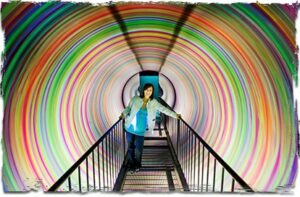
As expected, when you walk through the front doors WonderWorks you’ll immediately be craning your neck, trying to help your brain understand why up is down and down is up. After all, you’re standing on the ceiling! Have no fear. Top Secret Intel #1: locate the inversion tunnel that citizens of the city created in order to explore the building.
The inversion tunnel is fun because it helps everything turn right-side up! Once you walk all the way through you’ll find your footing and be able to appreciate everything at the level you’re used to–i.e. on the ground!
Once you’ve made it this far, you’re in. But that’s the easy part. What’s awaiting you inside the park? Are you equipped to deal with earthquake tremors? How about lightning?
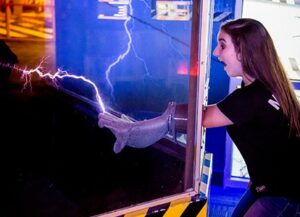 Extreme Weather Zone
Extreme Weather Zone
Top Secret Intel #2: Professor Wonder discovered how to harness the power of lightning. Become a human lightning rod at WonderWorks by locating the metal mesh gloves and preparing to safely harness the power of 100,000 volts of electricity.
If powering a lightbulb with nothing but a tesla coil and your fingertips isn’t your thing, perhaps the Earthquake Café is more your speed. Have you ever wondered what an earthquake feels like, or how the scale works when scientists rate them?
Step into the Earthquake Café to relive the earthquake that struck the San Francisco, California area in 1989. It scored a 5.3 on the Richter scale and is sure to have you quaking in your boots.
Once you’ve discovered the joy of harnessing the weather, you’ll move on to your next stop: the Bed of Nails.
Physical Challenge Zone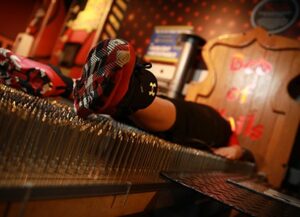
Top Secret Intel #3: No one is quite sure why Professor Wonder created the Bed of Nails at WonderWorks, but we do have the information you need to experience the attraction and come out unscathed: lie very, very still.
This makes sense if you’re familiar with the principle of pressure. It hurts to step on a nail because your foot is putting pressure on the nail. But if you lay on a bed of nails (with a professional’s assistance) then you’ll find that you won’t feel a thing!
Neat how science works, right?
To give your brain a quick rest, we’re going to let you in on Top Secret Intel #4: scientists need a break from learning sometimes too.
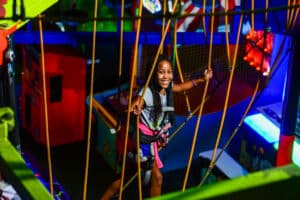 Glow-in-The-Dark Ropes Course
Glow-in-The-Dark Ropes Course
Experience fun at new heights with four stories of ropes and obstacles, like lily pads, a tremor bridge, swinging steps, and more. Discover new challenges and a sense of accomplishment by tackling this course that was designed with each participant in mind.
Quick, jot this down! While Professor Wonder wants everyone to be able to enjoy this break from learning, it’s important to note that this course requires close-toed shoes. Additionally, no skirts or dresses are allowed on the attraction to ensure the safety of all the little scientists in-training.
Speaking of little scientists in-training, WonderWorks is also home to an attraction for little future artists out there.
Wonder Art Gallery
Top Secret Intel #5: Professor Wonder is a huge fan of illusion art and loves to trick his friends into thinking something fishy is going on. One of the friends who agreed with the Professor’s love of illusion art was Dr. Seuss, who made a generous donation to WonderWorks in the recent past.
Dr. Seuss’ Unorthodox Taxidermy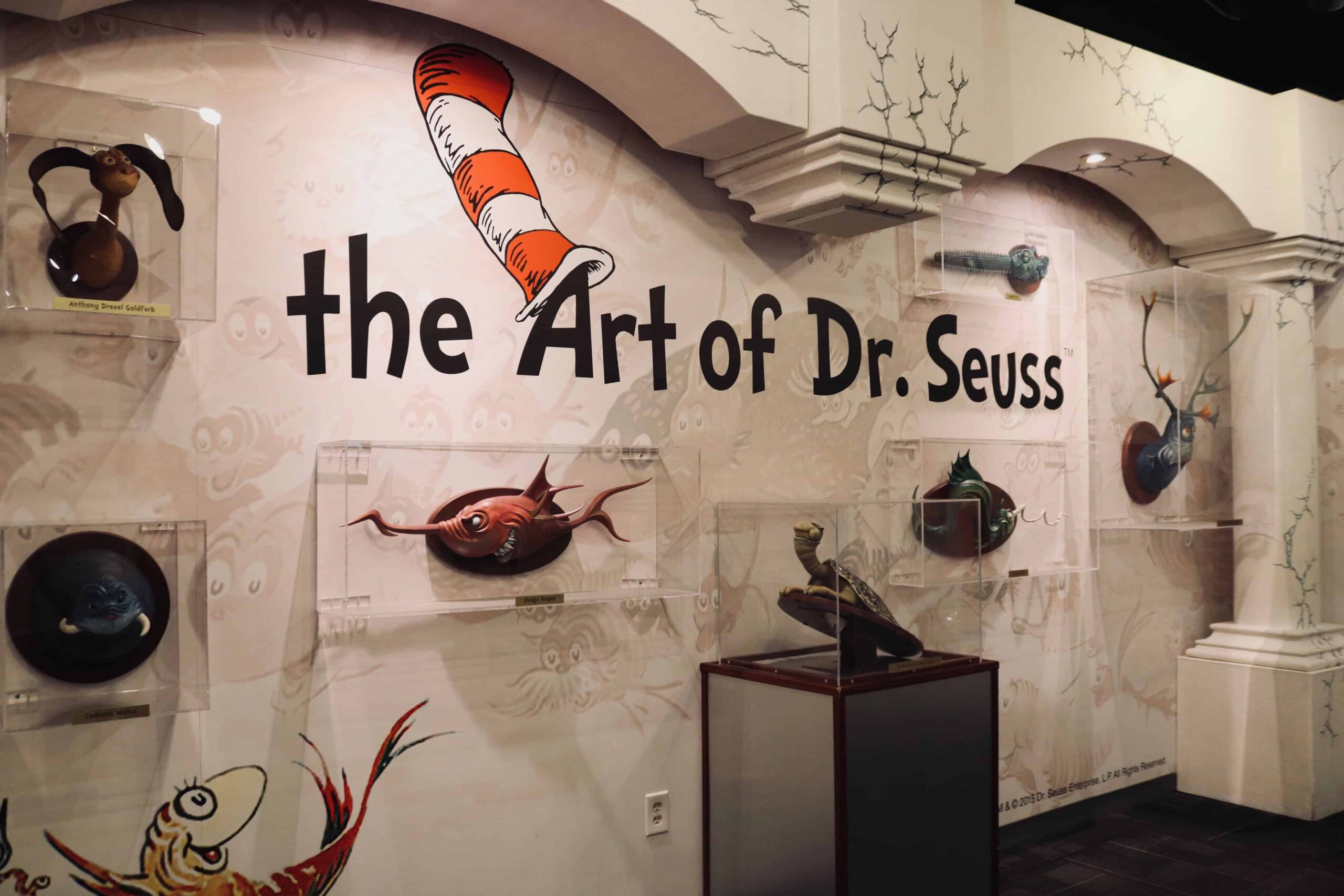
Heavily influenced by what he witnessed at the Springfield Zoo, Dr. Seuss would often craft the animals in his books through imaginative taxidermy sculptures (no Lorax were harmed in the making of this exhibit!).
Professor Wonder was able to get his hands on seventeen of the sculptures for the general public’s viewing pleasure. The sculptures include real bills, horns, and antlers. This makes them some of the finest examples of Dr. Seuss’ most imaginative, innovative, and multidimensional work.
Wrapping Up This Briefing
You now know just about everything you need to know in order to take on the wonder awaiting you. Hopefully, you accept your mission and add WonderWorks in Pigeon Forge, Tennessee to the vacation itinerary today.
After all, what other place can you harness high-voltage electricity, lay on a bed of sharp nails, and experience earthquake tremors at your leisure? Discover the weird and wonderful awaiting you today.
And if you happen to see Professor Wonder, tell him we’re on to him.

